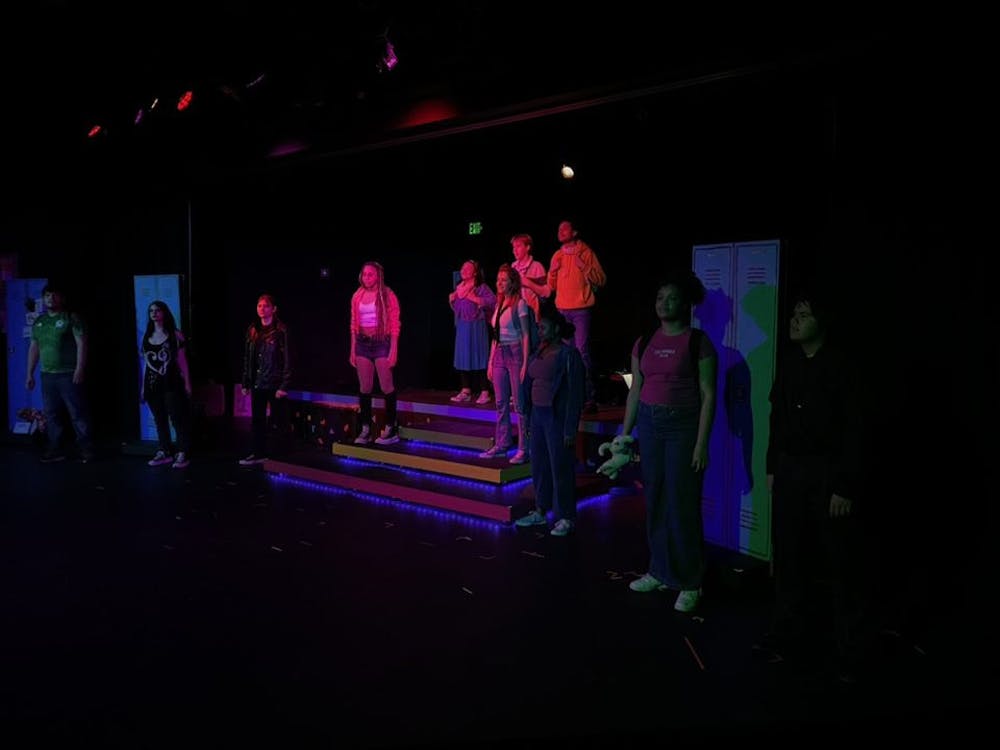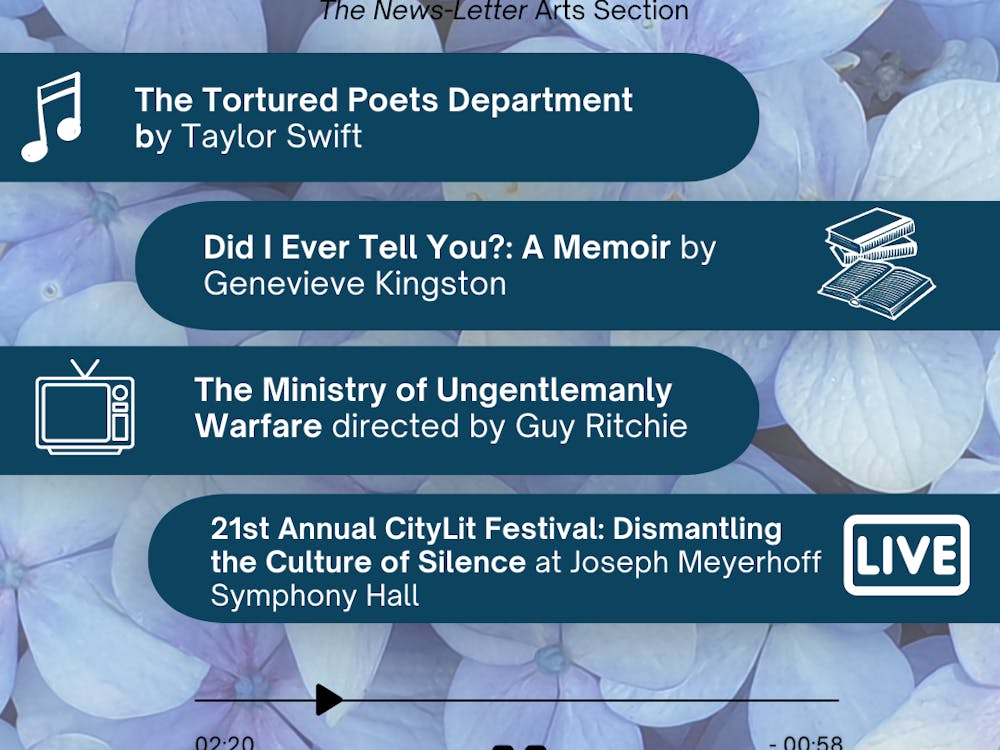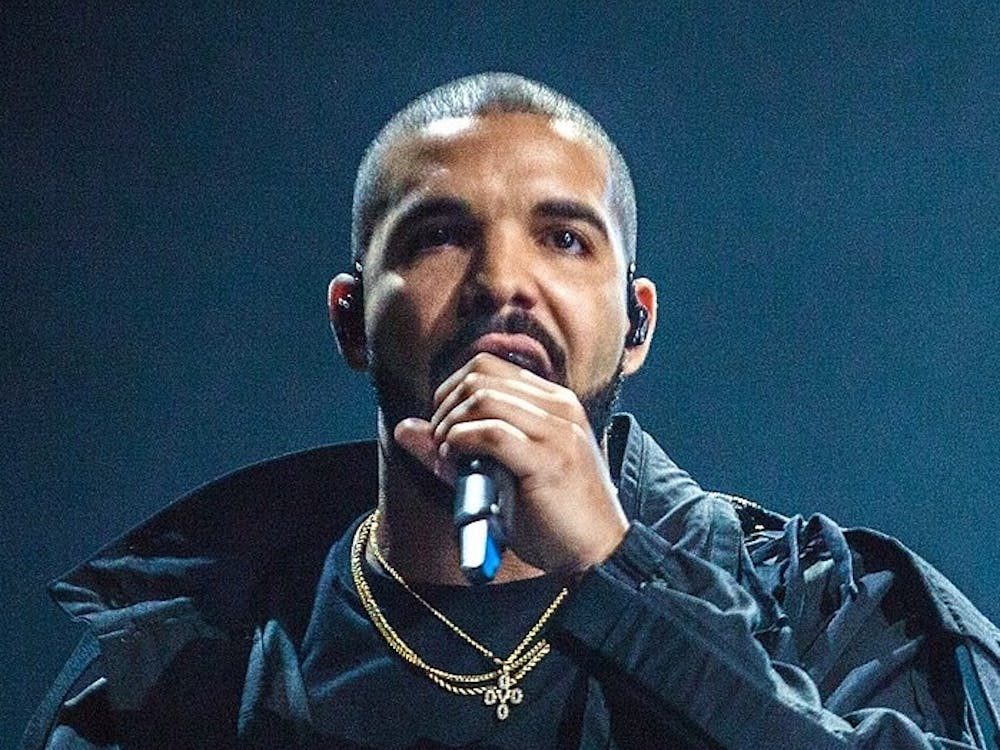A lot of people think that the issue of queer representation in the media ended in 2004 with Damian from Mean Girls in the same way that many people think the larger battle for gay rights ended with the establishment of marriage equality in 2015.
I think it’s great that as a society we’ve moved on from a couple of decades ago, when the thought of a character confirmed to be gay appearing on a TV show warranted death threats.
Yet, while the dynamics around representation have changed, with the push becoming less visible, we’re still not seeing much representation that accurately reflects queer identities. Instead we’re getting characters who are created by and for straight people.
To clarify, I don’t mean that queer people can’t enjoy those characters. For example, it’s really refreshing to see shows like The Walking Dead include some LBGT+ representation, but when most of the queer characters are hardly allowed to have more than a few episodes of happiness before they meet their untimely ends, it can begin to feel like a frustrating and repetitive cycle.
While it’s true that no one on The Walking Dead is safe, imagine a show full of queer romance in which the writers killed off the one heterosexual couple after three episodes. It’s this kind of practice that alienates queer viewers and detracts validity from this kind of representation.
Far worse than the exploitation of queer identity for tragedy is exacerbating queer stereotypes to generate a few cheap laughs from the audience. This has been going on for decades, and it’s not just queer identities on the chopping block. Straight white male producers will exploit women, queer people and people of color if it lets them build in a few one-liners.
Look at Titus Andromedon from Unbreakable Kimmy Schmidt or Ola from Chewing Gum. I love both of these shows, but these characters don’t reflect real queer identities. Rather, they reflect the stereotypes that straight people can comfortably laugh about.
This kind of representation isn’t just bad because it doesn’t reflect real queer identities and, if anything, actively alienates queer consumers. No, it goes beyond that.
Inaccurate queer representation like the kind found in many current shows (excluding How to Get Away with Murder) also distances straight consumers from engaging with and understanding queer identities. This further impedes the integration of queer people into our heteronormative culture, who have enough problems outside of convincing straight people they don’t have to say “yas queen” to be legitimate.
This is by no means a critique of all straight people, because for the most part, they don’t actively work to exclude queer minorities. However, I’ve lost count of how many people have told me that I don’t act enough like whatever stereotypical character they’ve seen on TV.
The straight producers that create these characters and perpetuate these archetypes are the problem. They are actively dehumanizing queer identities by shaping expectations of them to fit these reductive, allegedly humorous portrayals.
Every time a straight person chuckles when a gay character says something absurdly effeminate, the idea that that is how gay people act is reinforced in their heads.
This isn’t one of those problems that’s distant and intangible. The obvious solution is to start putting queer writers, actors and producers in control of these roles so that the representation naturally becomes more accurate and less generalized.
Queer representation should be human representation. Until the queer characters in media are humanized, the representation will never be truly reflective of the queer community.
To legitimize their diversity, shows need to address the sexualities of their queer characters directly. That is not to say that every show should become exclusively about queer issues, but addressing the nuances of queer identities will expand those identities beyond the stereotyped images we’ve become numb to.
Queer baiting, the practice of suggesting that a character is queer without ever explicitly addressing it in the show, has got to stop. This tactic of trying to appeal to both queer consumers that want to see their own identities reflected in queer characters as well as straight people who get a laugh out of the exploitation of queer stereotypes is disgraceful.
It’s important for queer people to have a space, both physically and in the media, and most shows today are failing to provide that space despite their alleged representation of queer identities.
Again, it’s great that we’re in a place as a society where this debate is possible, but I don’t like seeing complacency on the issue of representation, especially in queer communities, who should be pressing now more than ever to gain proper representation.
I understand that this type of change happens one step at a time, but I’m sick of seeing queer identities exploited by producers for market gains and then defended in the name of representation.






















Please note All comments are eligible for publication in The News-Letter.